Blog
Nature’s Brushstrokes: The Enigmatic World of Iceland PoppiesYvette

Iceland poppies (Papaver nudicaule) are a true marvel of nature’s artistry. These delicate and vibrant flowers belong to the Papaveraceae family and have captivated hearts across the globe for centuries. Bursting with history, cultural significance and a touch of magic, Iceland poppies hold a special place in the world of flowers.
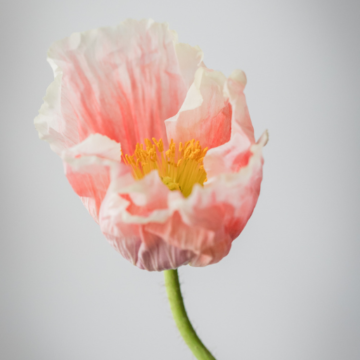
Originating from the cold and rugged landscapes of subarctic regions, Iceland poppies have a history that spans centuries. These resilient flowers were discovered in the 18th century by botanists exploring the remote terrains of Iceland, which lent them their name. In Norse mythology, poppies were believed to symbolise sleep, making them a natural choice for Iceland’s serene and often otherworldly landscapes.
Iceland poppies have long been revered in art, finding their way onto canvases and in photographs as symbols of hope, resilience and the fleeting beauty of life. Their vibrant hues and delicate petals have made them a favourite subject for artists seeking to capture the essence of nature’s fleeting moments.
In various cultures, Iceland poppies are associated with peace, prosperity and even remembrance of lost loved ones. The flowers’ tranquil appearance has led to their connection with relaxation, making them a popular choice for gardens and landscapes aimed at promoting mental well-being. Intriguingly, Iceland poppies are not just a treat for the eyes; they’ve also been used in traditional herbal and modern medicine for inflammation, their mild sedative properties and potential benefits for relaxation and stress relief. https://pubmed.ncbi.nlm.nih.gov/31036001/
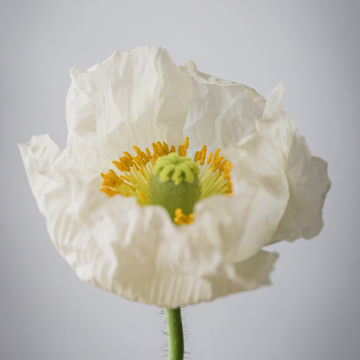
Iceland poppies have found a niche in the cut flower industry due to their appearance and vibrant colours. Cultivated in a variety of shades, from soft pastels to bold oranges and reds, they add a touch of uniqueness to floral arrangements. Their vase life can range from 5 to 10 days.
Proper care is essential for extending their vase life. One intriguing technique involves briefly burning the bottom of their stems. This process is thought to seal the ends, preventing the release of sap that can clog the stem and hinder water uptake. Additionally, providing fresh water and changing the water every few days will ensure the longevity of your poppies.
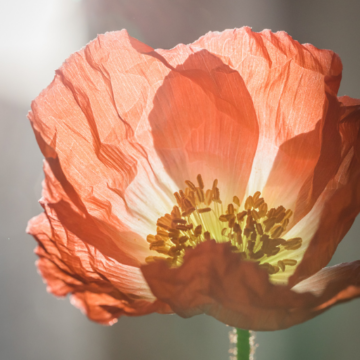
Iceland poppies’ calming colours and delicate appearance have led to their inclusion in therapeutic settings, where they are believed to have a positive impact on mental health. The act of tending to these flowers and witnessing their beauty can provide a sense of accomplishment and tranquility, contributing to improved emotional well-being. https://www.melbournefreshflowers.com.au/blog/send-flowers-hospital-power-of-positivity-and-healing/#:~:text=Participating%20in%20activities%20involving%20flowers,enhance%20one%27s%20emotional%20well%2Dbeing.
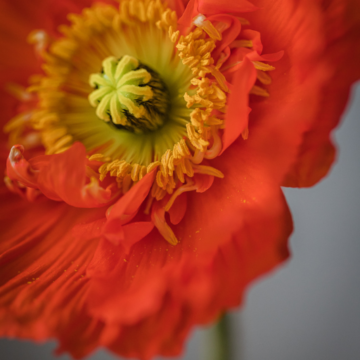
The largest display of Iceland poppies in the world can be found in the Nordic island nation of Iceland itself. The Akureyri Botanical Garden is renowned for its stunning collection of these flowers, creating a breathtaking carpet of color against the backdrop of the rugged Icelandic landscape. https://www.succulentsandmore.com/2015/08/floral-splendor-in-iceland-blue-poppies.html
Among the captivating varieties of Iceland poppies, some rare types stand out, such as the “Champagne Bubbles” series with its unique color combinations. These rare varieties can be of particular value to collectors and enthusiasts, fetching higher prices due to their scarcity. https://shop.floretflowers.com/products/iceland-poppies-champagne-bubbles-white
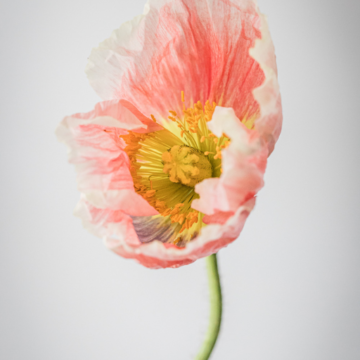
Iceland poppies are more than just flowers; they’re ambassadors of beauty, symbols of serenity and vessels of hope. As you gaze upon their delicate petals and vibrant colours, remember the stories they carry, the cultures they’ve touched and the way they continue to grace our lives with their elegance and charm. Whether adorning a landscape, enhancing an arrangement or soothing the soul, Iceland poppies are a true gift from nature.
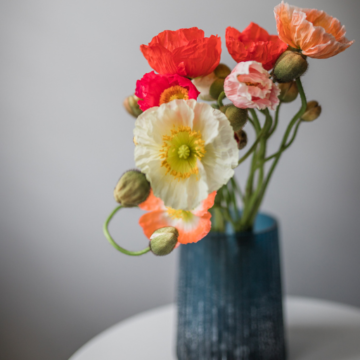
Design elements every florist needs to know The use of design principles in floristry